7. Computational Couture¶

The necessity to innovate the way in which we look at textiles which has been is taking place through a revolution of design within the textile industry, computationally designed and engineered garments. 3D printing and additive manufaturing is giving designers the freedom to manipulate material in a way that is not achievable through conventional means. With additive design we designers can be very specific about parameters and balance the total amount of resources we use for consumption ideally producing zero waste. There is an imminent need to start thinging about how to design “clean” garments. Custom made to the parameters and measures of the consumer, possibly available for individual download and construction, 3D printing with biocomposites, creating and embedding smart textiles.
The Computational Couture focus on expanding the horizons of dress making towards an algorithmic approach, and taking design beyond the physical functions of the body (movement, protection, temperature regulation) towards the evolution of cultural expression.
Computational couture looks at the creation of exclusive custom-fitted clothing (typical of haute couture) through the lens of a systemic approach, extending the sartorial techniques with 3D modeling and computation-based approaches developed in Rhinoceros and the visual programming environment Grasshopper.
CONSIDERATION
After this really intense week, after severals night without sleeping, trying to figure out how to do things on GH and Rhino, I came up with the belief that my final project will be, almost certainly, a merge between bio and digital fabrication, so I'll continue experimenting with biomaterials and bioplastics as material for 3D printing.
FROM NOW ON "GH" WILL MEANS "GRASSHOPPER"
This week for me was like...
PHOTOSHOOTING¶
We started the week with a presentation from Aldo Sollazzo and Laura Civetti explaining us NOUMENA universe and how and why they are spreading the word of Computational and Parametric design applied in several fields, especially focused on fashion and product design. Through the tutorials of Eugenio Bettucchi, from Noumena as weel, he showed us the basics of GH. Honestly, for me, it was quiet hard and overwhelming to follow without any experience with this software and in general being a beginner in 3D design. Anyhow, a part of the exercises, there are endless tutotial that explain you step by step all the process and the specific components you are using.
Here some plugins you can find in Food4Rhino :
Flexhopper Bifocals Bowerbird Chromodoris Kangaroo Anemone Weaverbird Cocoon Marching Cubes Mesh Edit Mesh+ Mesh tools Lunchbox VR-Edge Mesh analysis
RECOMMENDATION
ARE A MACOS USER AND YOU'RE TRYING TO FIGURE IT OUT WITH GH?!
WELL... GOOD LUCK PAL!
Most of the plugins aren't available on MacOS environment, so if you are a MacOS user, try not to giving up because of this! :D
I tried to use some of those, even if they were not available, and it kinda worked as well.
Not without problems, in any case
Mostly in the "Baking process", when you are "rendering" the code you've done in GH on Rhino;
you might have some crashing problems
MORE ADVICES
• Make sure your STL exported files form RHINO are a solid and there are no mesh or open polysurfaces before exporting
• You can use some support material if your structure is not fully solid which you can take off or disolve later
• If you are printing on fabric do some tests to see how it the filament sticks to your fabric
• Heat up the bed platform for better adhesion between the fabric and filaments
• Have in mind that the printing time depends on the infill and the size of your prototype.
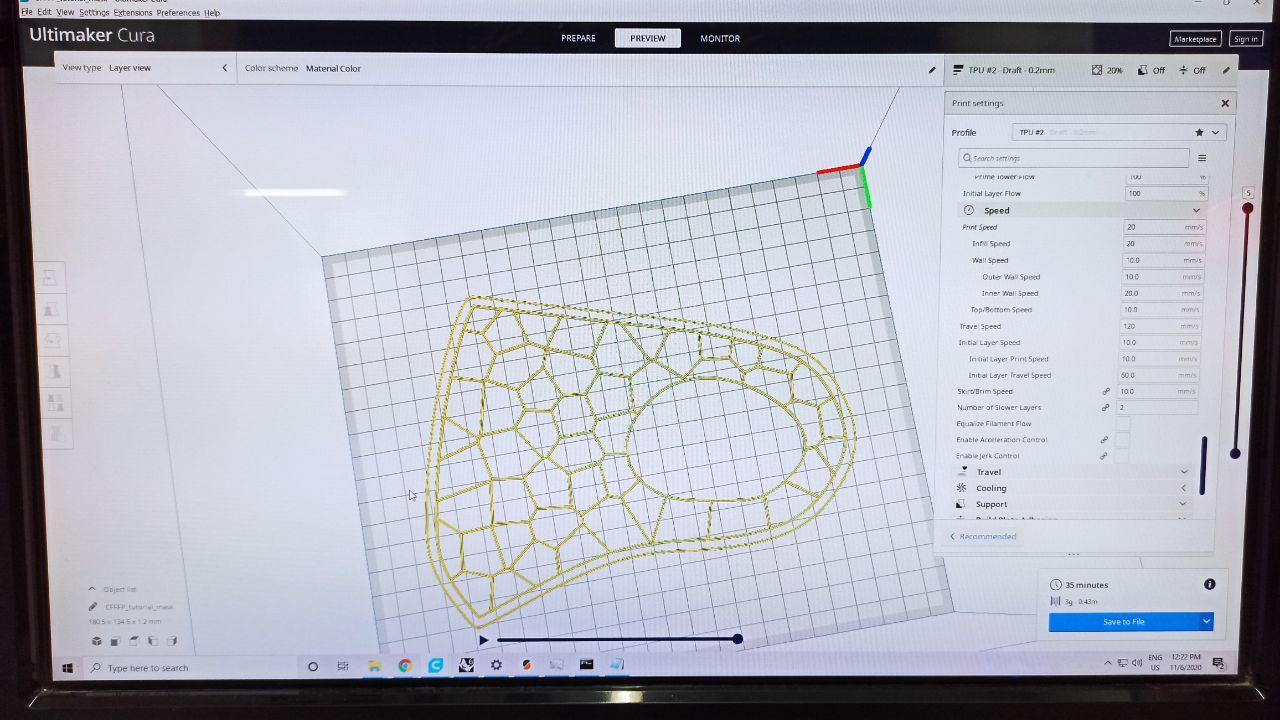
- The print took at least 35 Minutes to finish the process

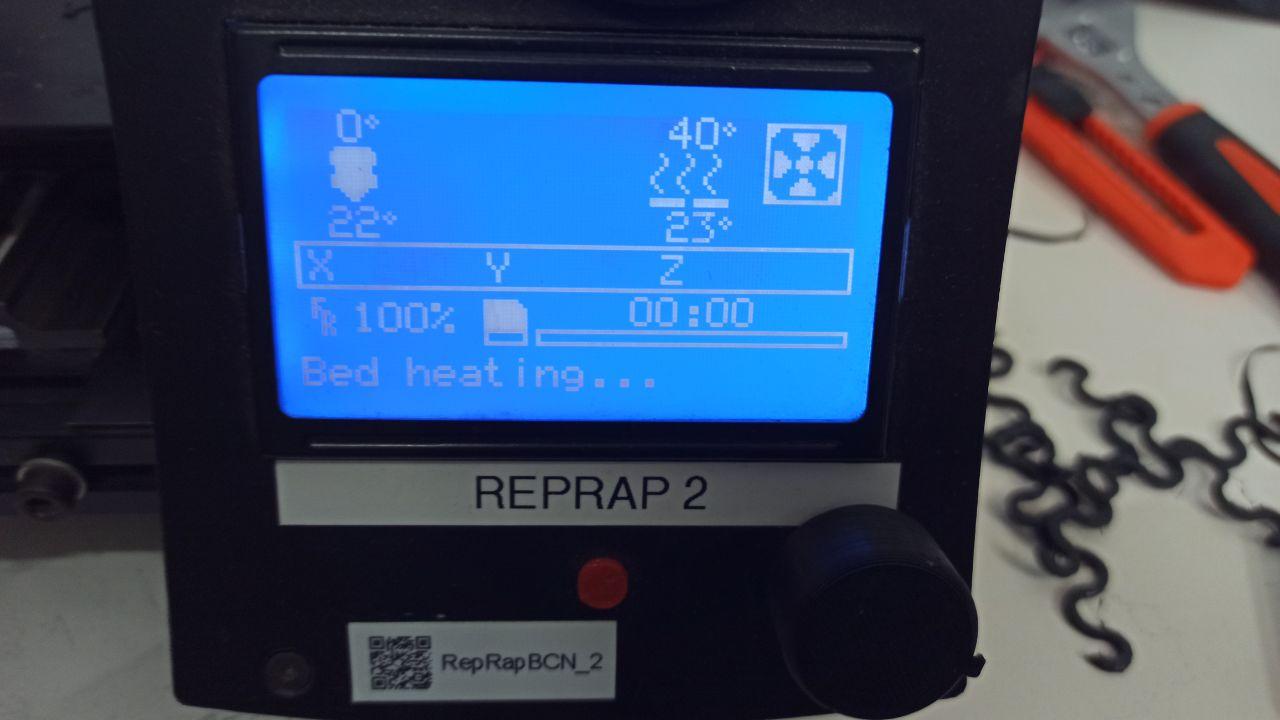
MY EXPERIMENTS¶
My first trials were to remaking the class excercises, that gave me some inspirations to moving forward with other tests.

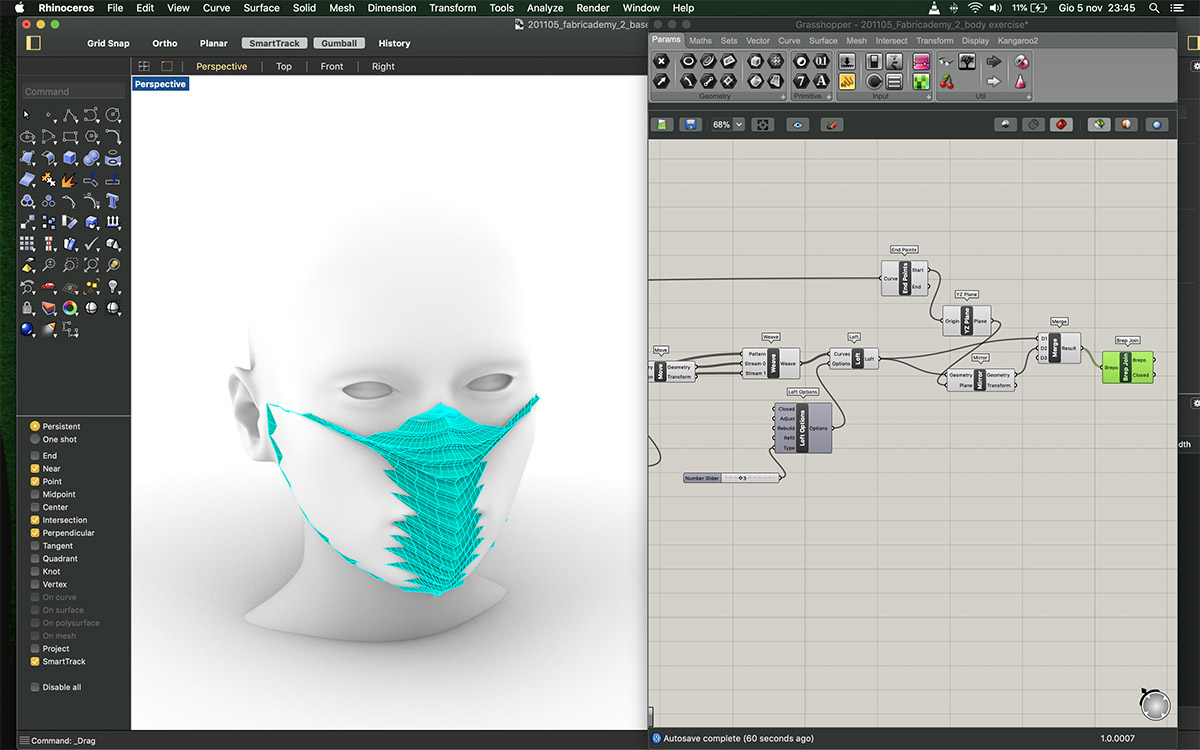

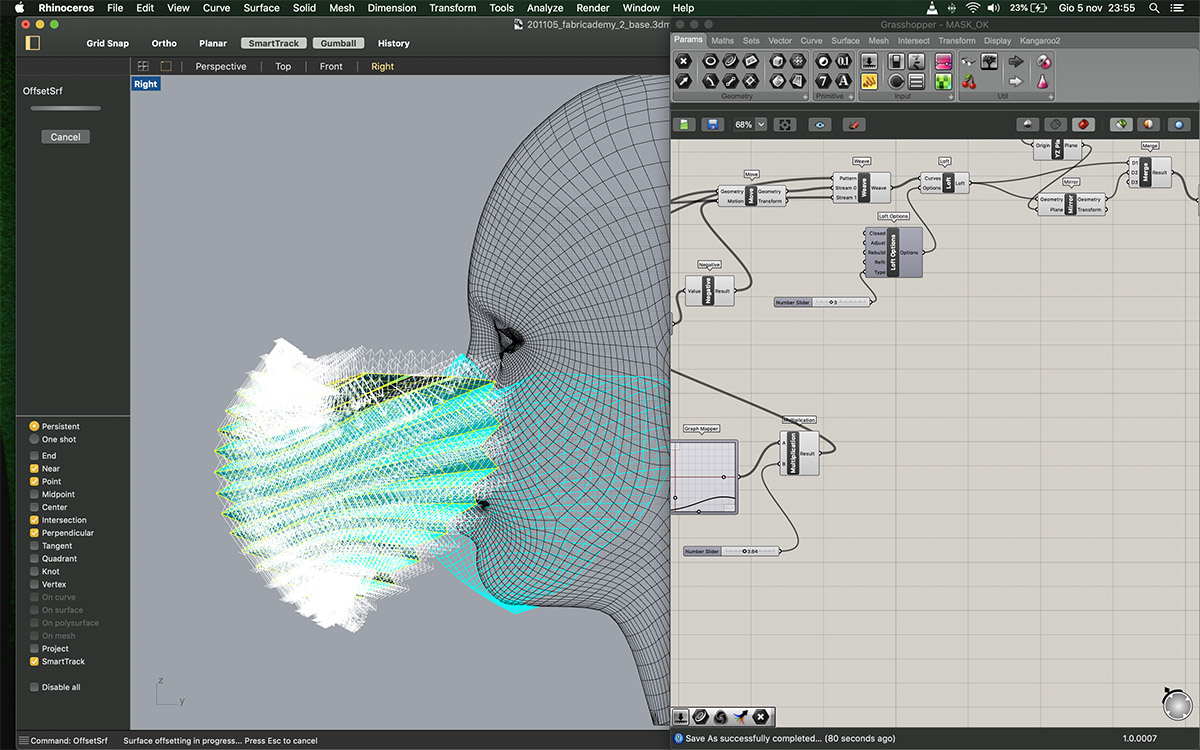
MASKS¶
-Voronoi test-¶
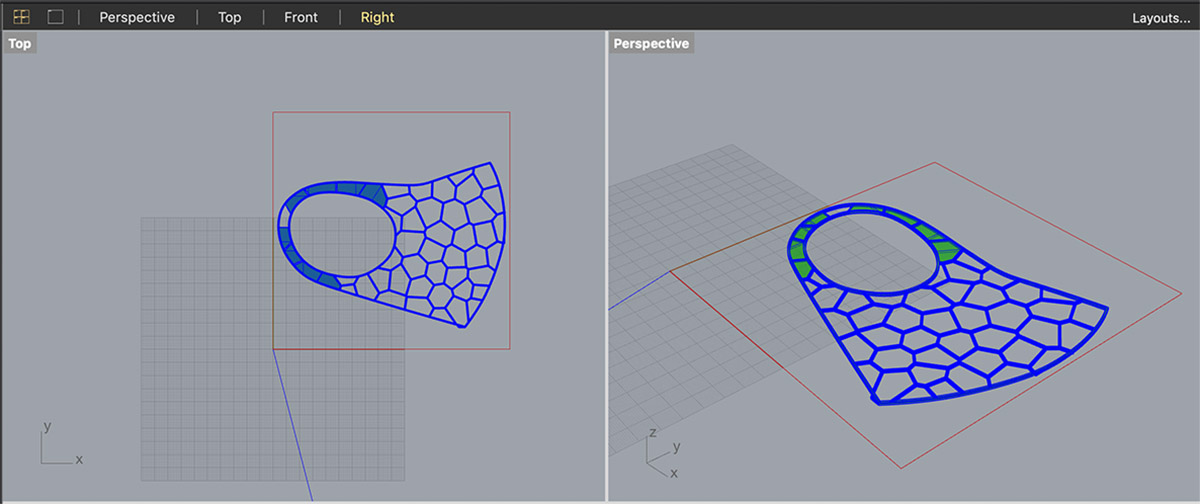
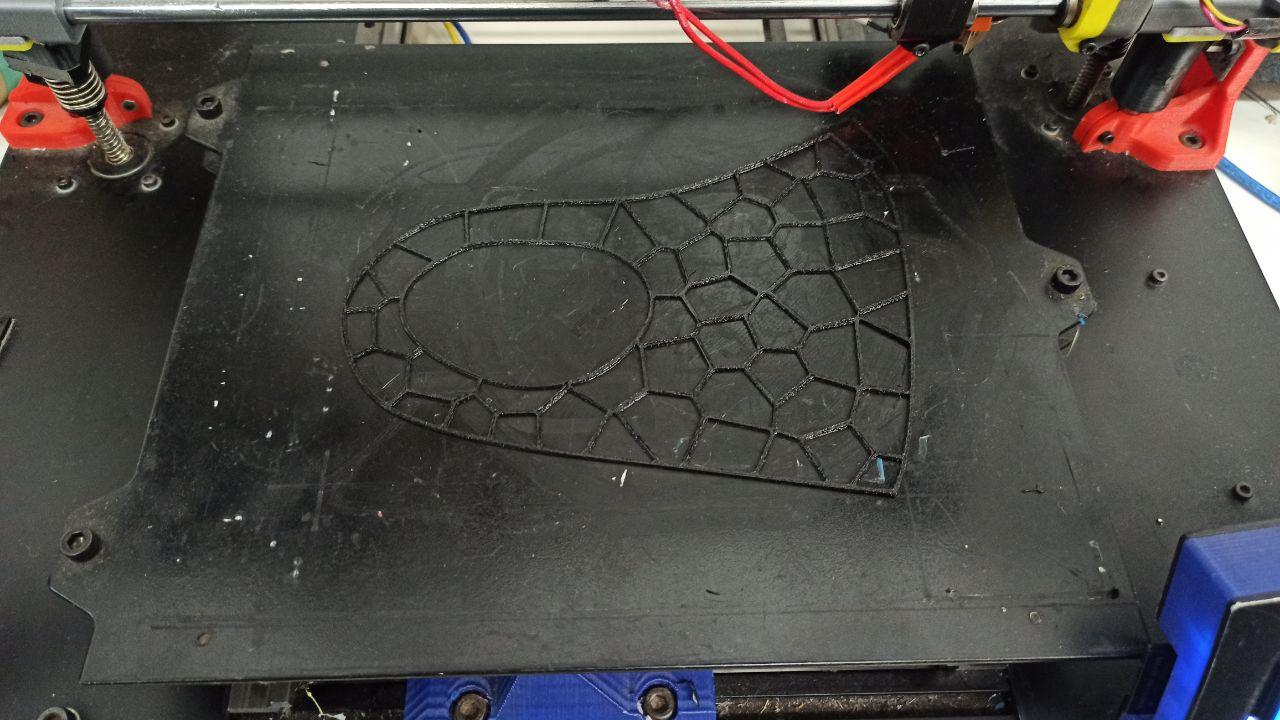
IDEAS FOR IMPROVING YOUR HOMEMADE MASKS
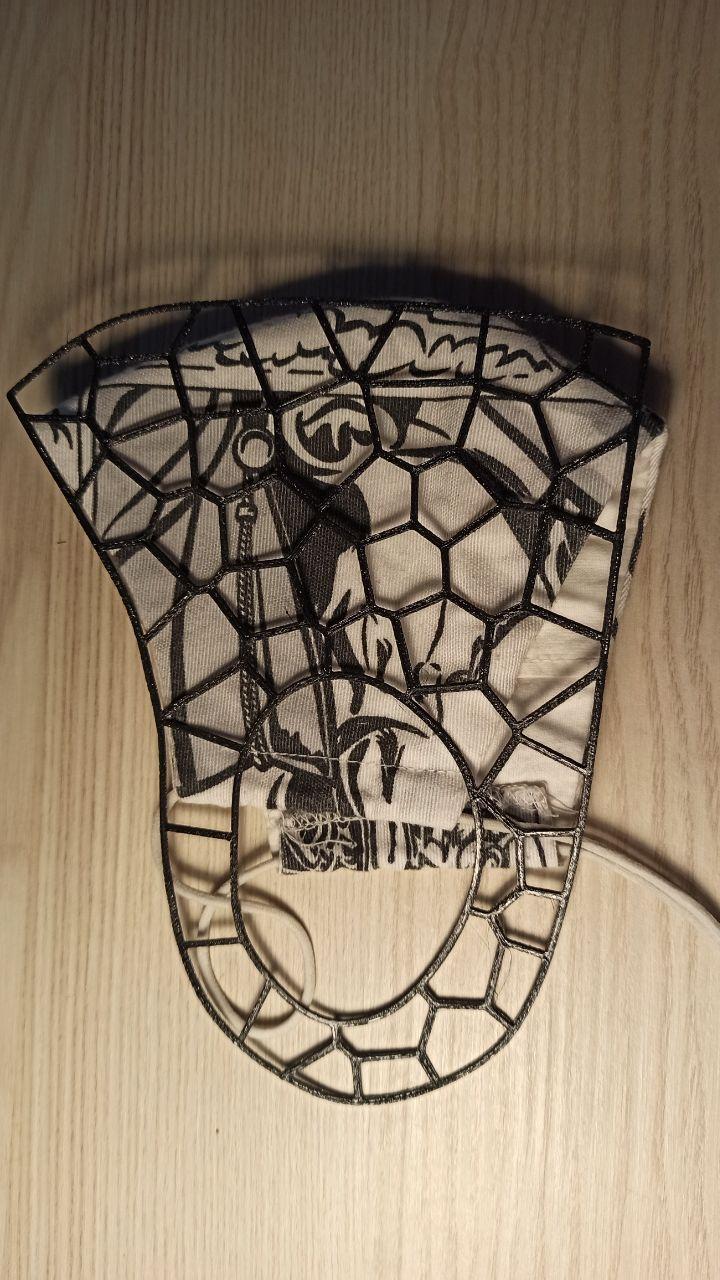
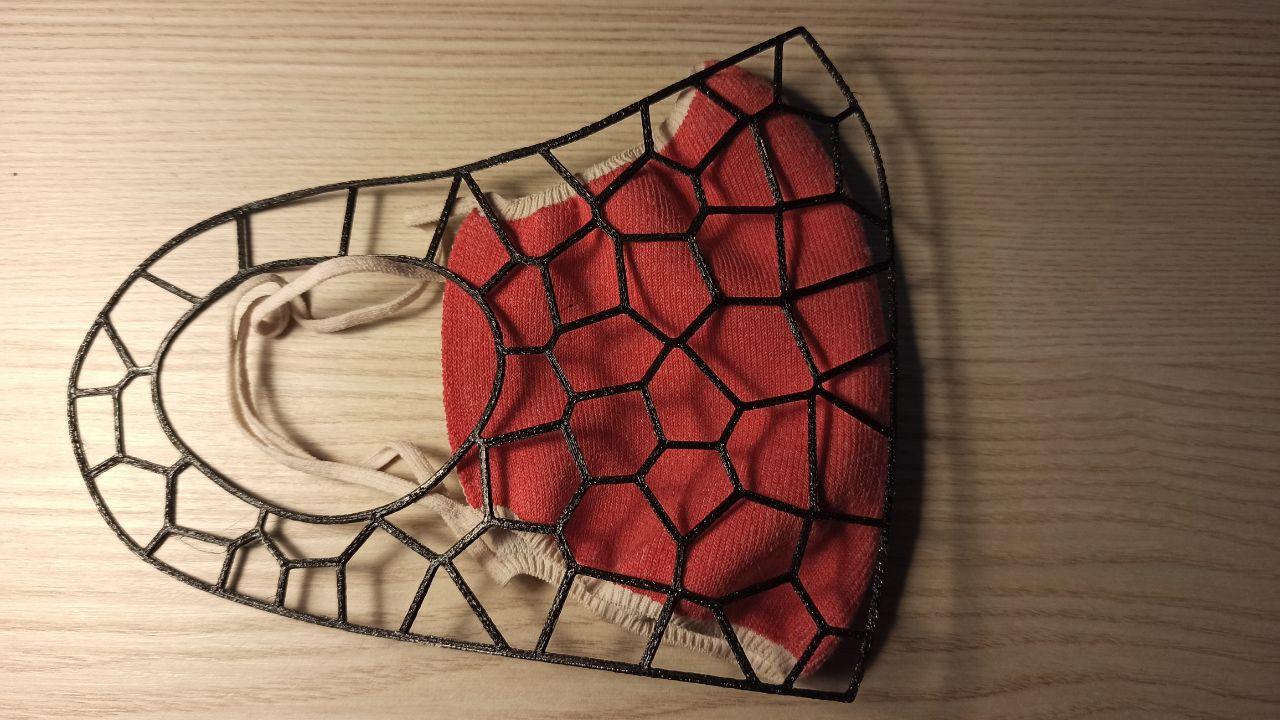
-Kylo Ren Test-¶
Talking about masks..this was my inspiration
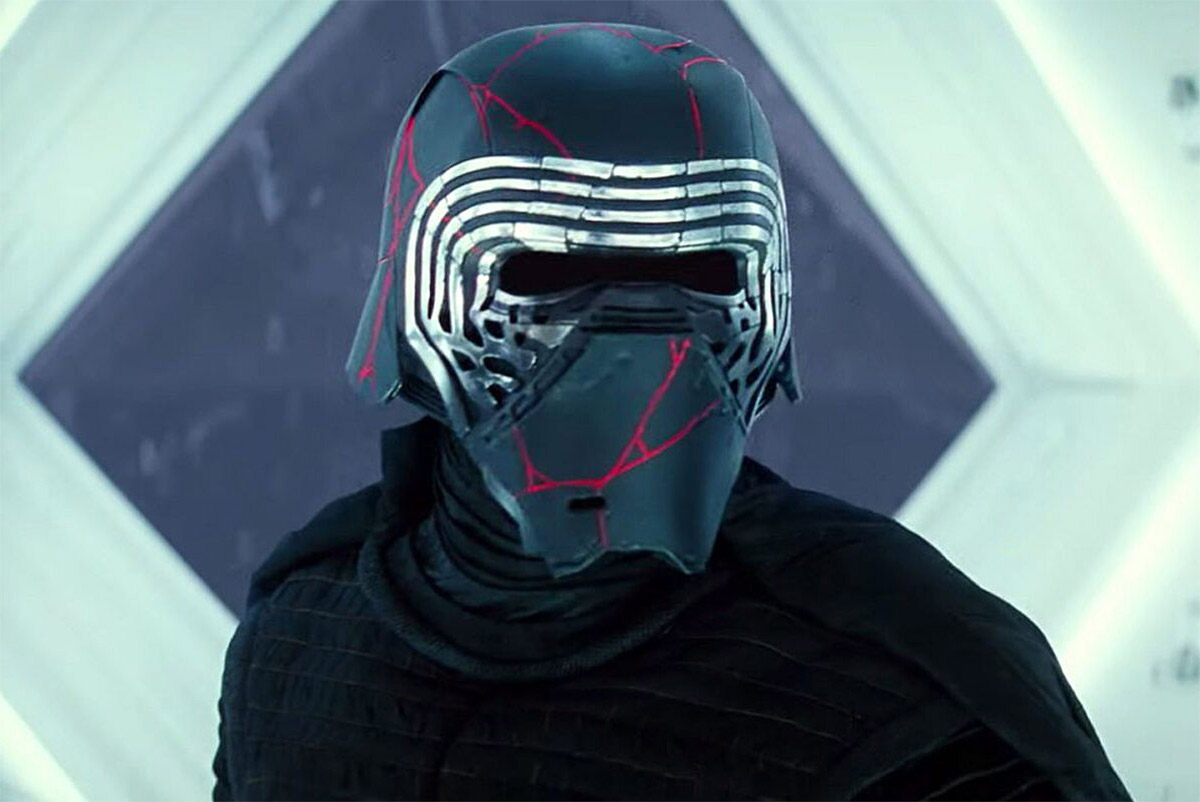
FIRST TEST on Lycra-Mesh -> "FAIL"¶
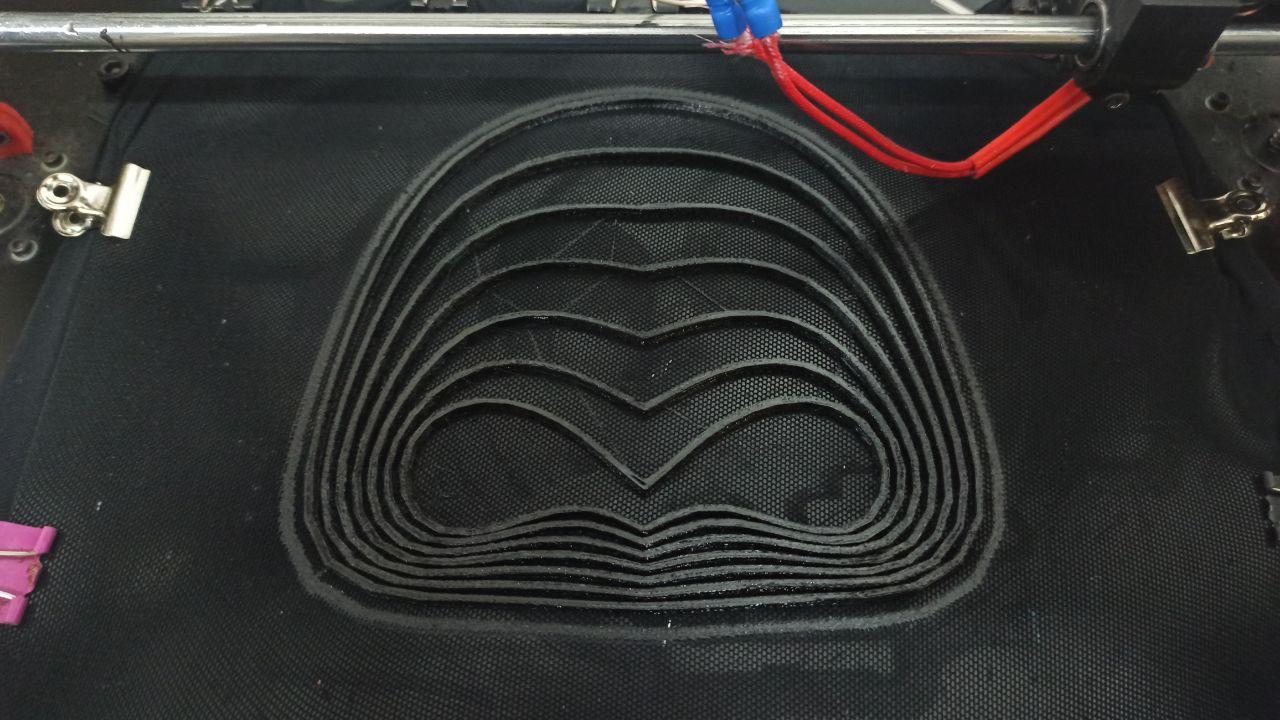


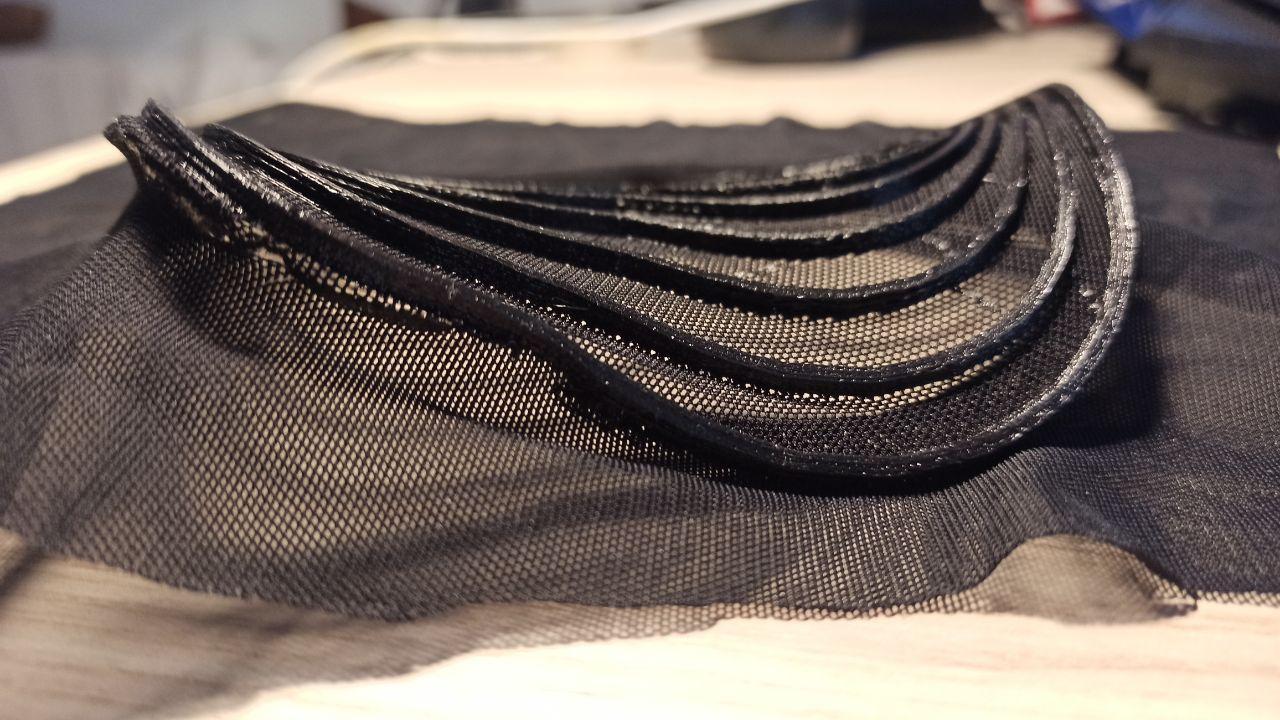
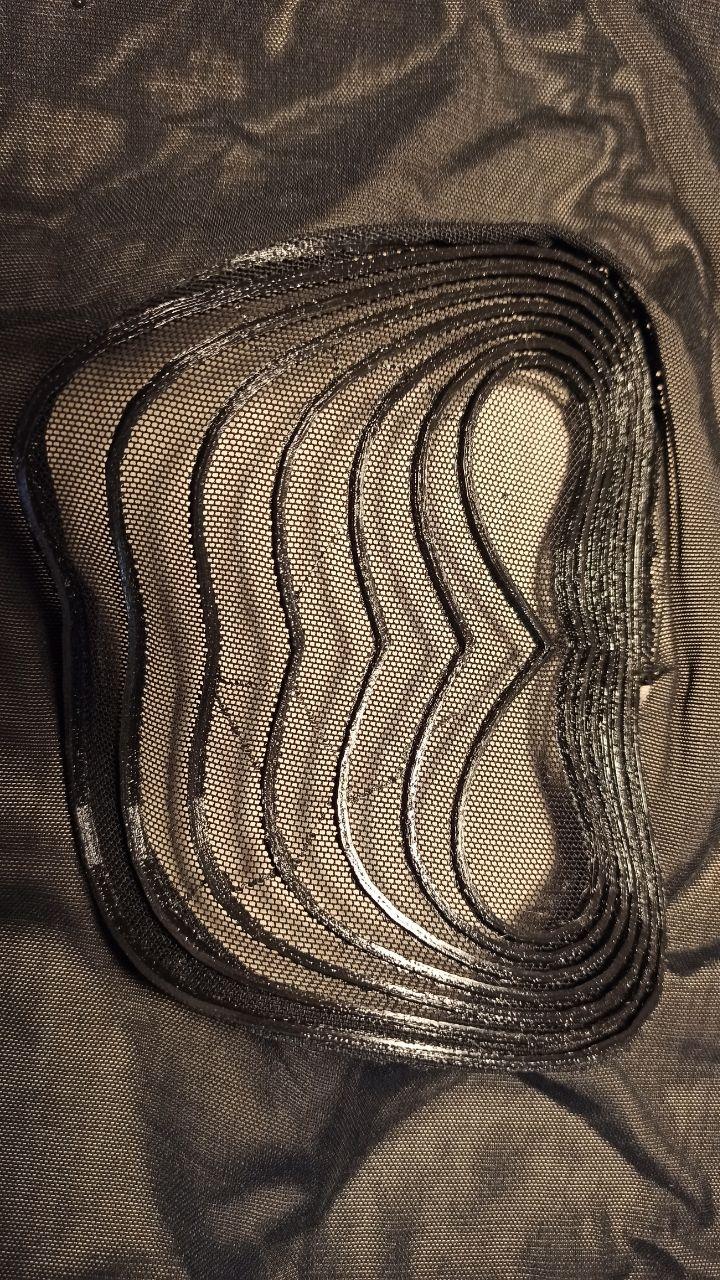
This test was interesting regarding the performance of the Lycra-Mesh with the 3D print part. The fabric was too thin to support the 3D part, and I use too much hairspray as sticker for the filament on the printer bed, so testing and stretching the mesh, this has broken in some parts.
SECOND TEST on Neoprene (2mm Thickness)¶
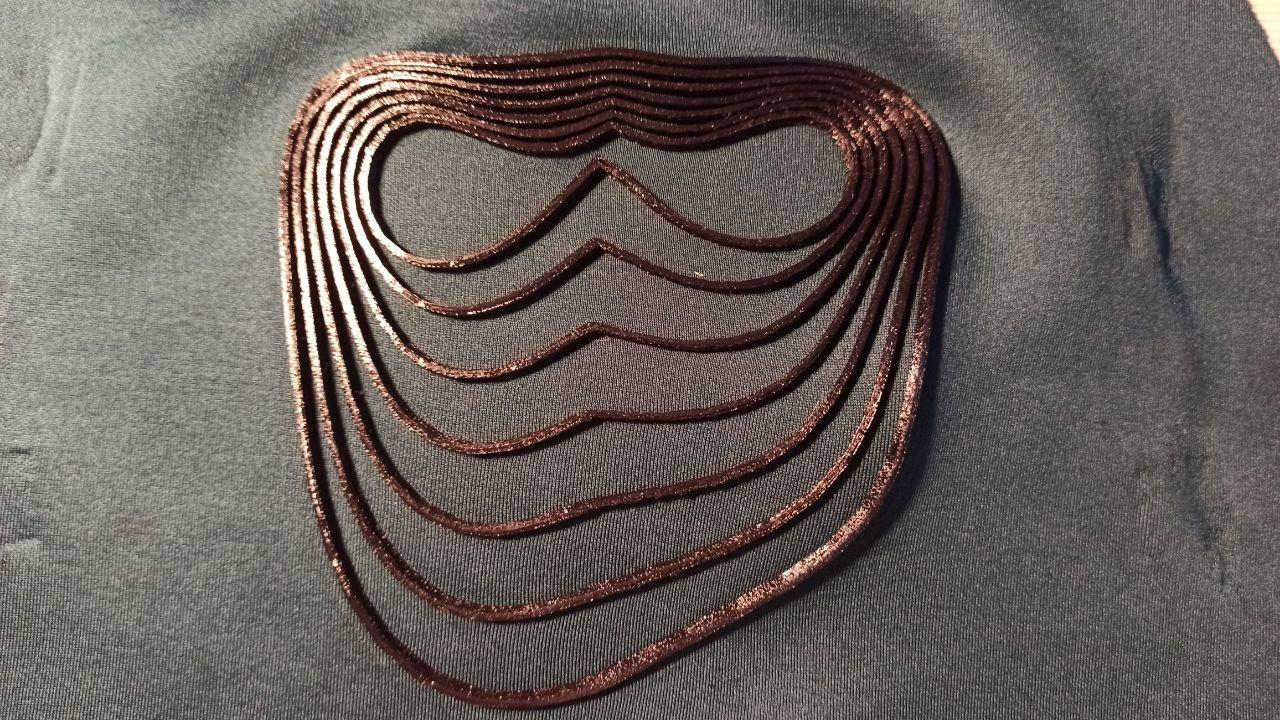
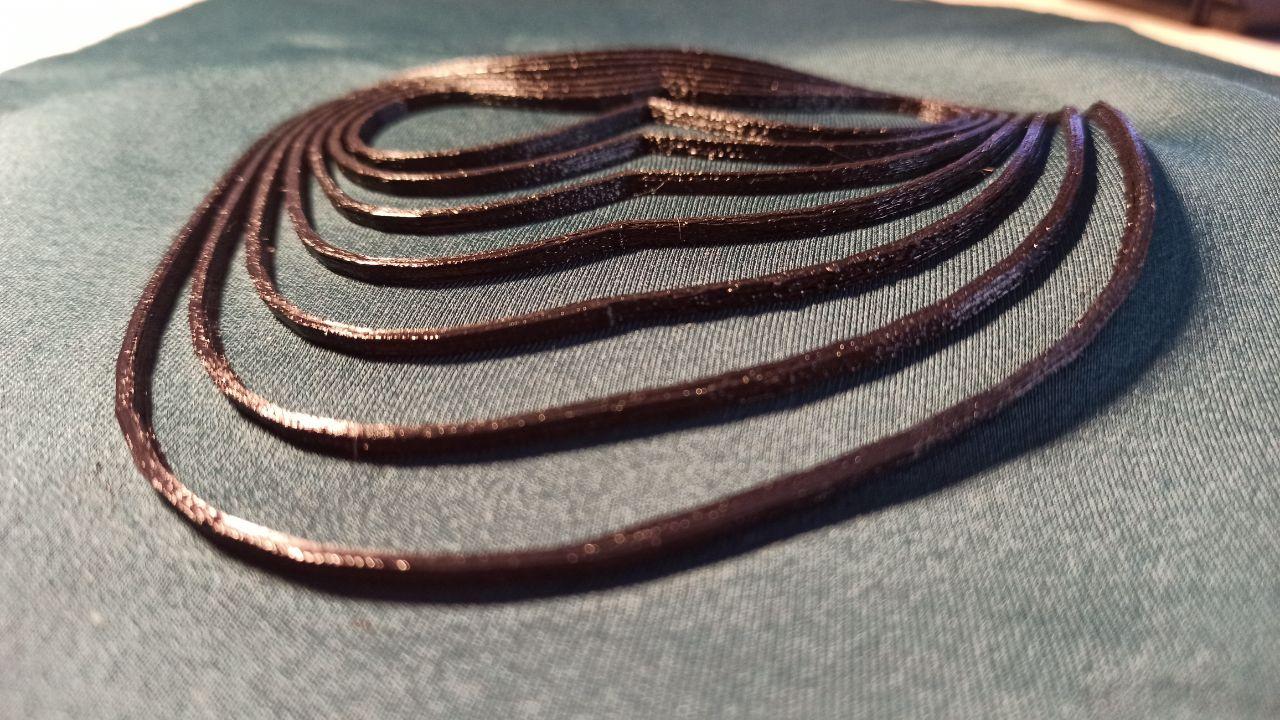

This time, with a thicker fabric, the result was stronger and way more resistant. In any case, just to be sure, the 3D part has to be stitched on the fabric, otherwise it might come off.
FINAL TEST on Neoprene (2mm Thickness)¶
Seeing the 2 previuos tests I tried reducing the thickness of the walls and flatting more the design of the mask using a grid instead of simple curves. The result was clearly better and, in my opinion, more suitable for the 3D printing on fabrics.
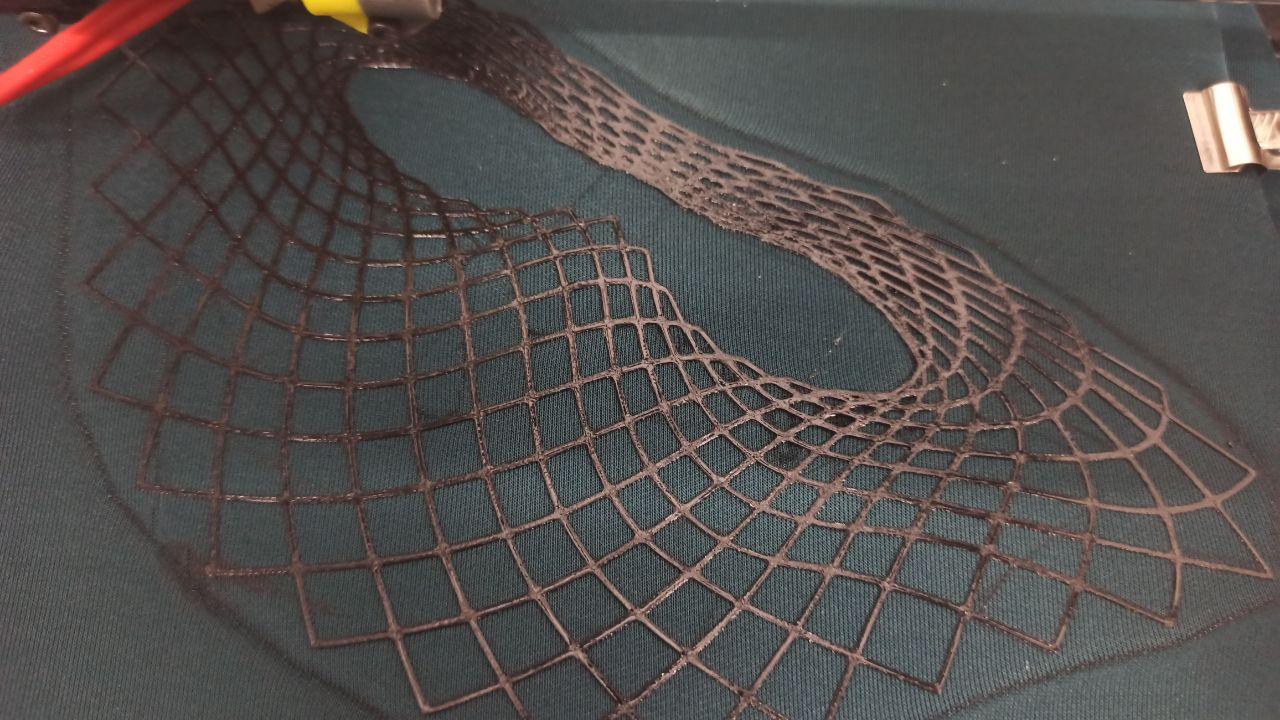
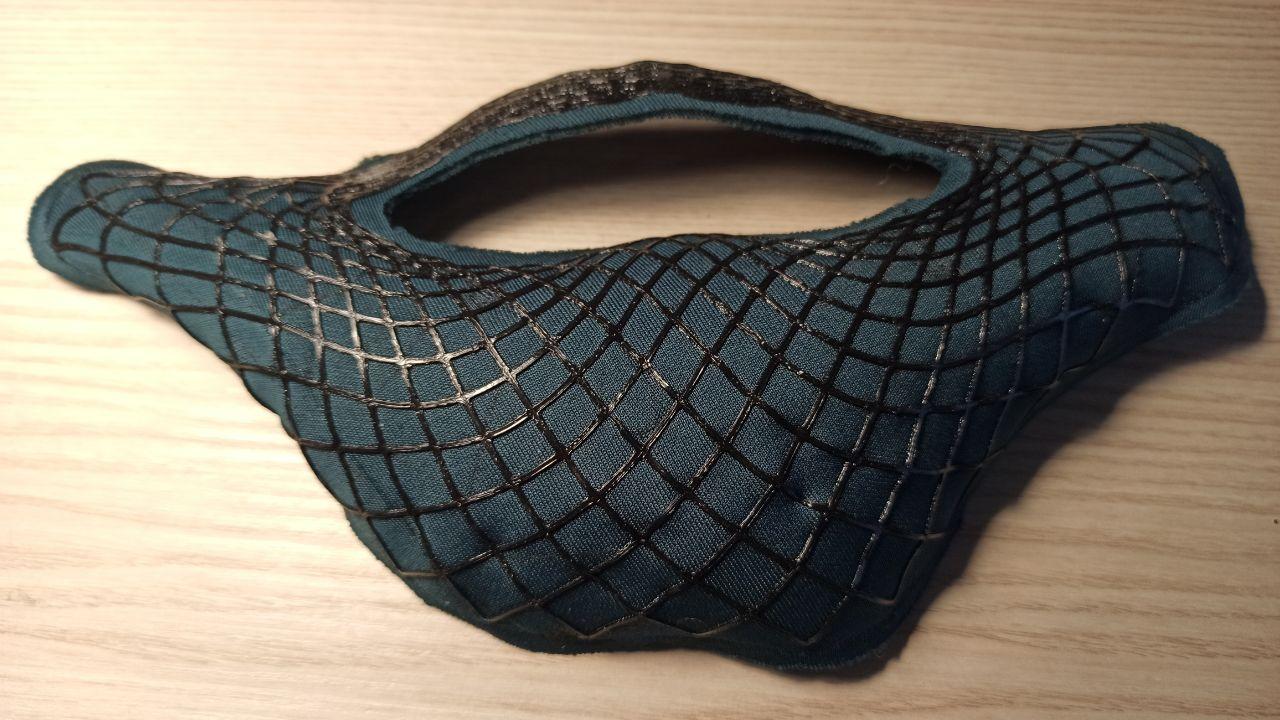

NEVER ENDING EXPERIMENTING ¶
Then I tried to explore the development of 3D printing fabrics, and I came up with some ideas...
even I'm pretty sure that it will be a never ending inspirations research
WOVEN FABRIC¶
This design was too complex to print with my tight schedule, so I decided trying with a simpler one.
KNOTTED FABRIC¶
IN THE END WAS A FAIL DUE TO USING A TOO FLEXIBLE MATERIAL FOR THE SHAPE OF THE MODULE.
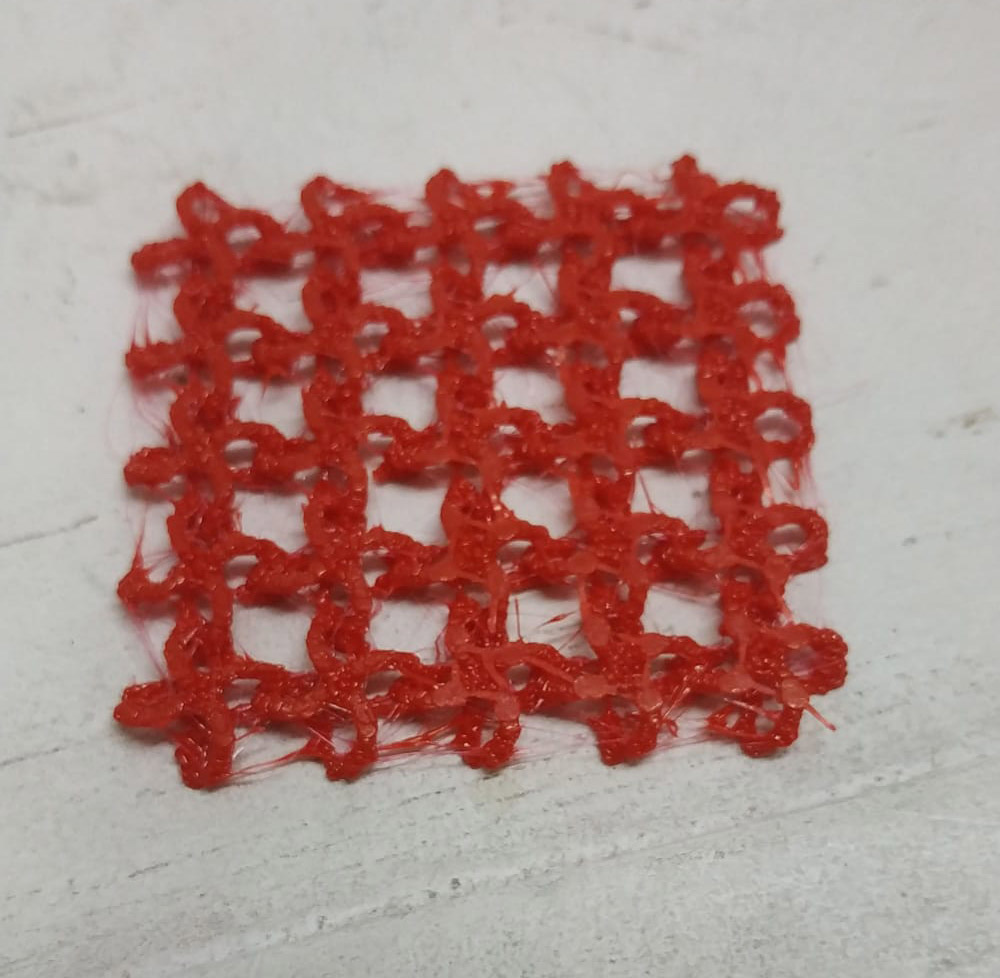
I'LL GO FORWARD WITH THE EXPERIMENTATION USING RECYCLED PLA MAYBE
This tutorial was super useful to understand how to import and use an image with GH:
Then this is my result:
NATIVE AMERICAN PATTERN¶
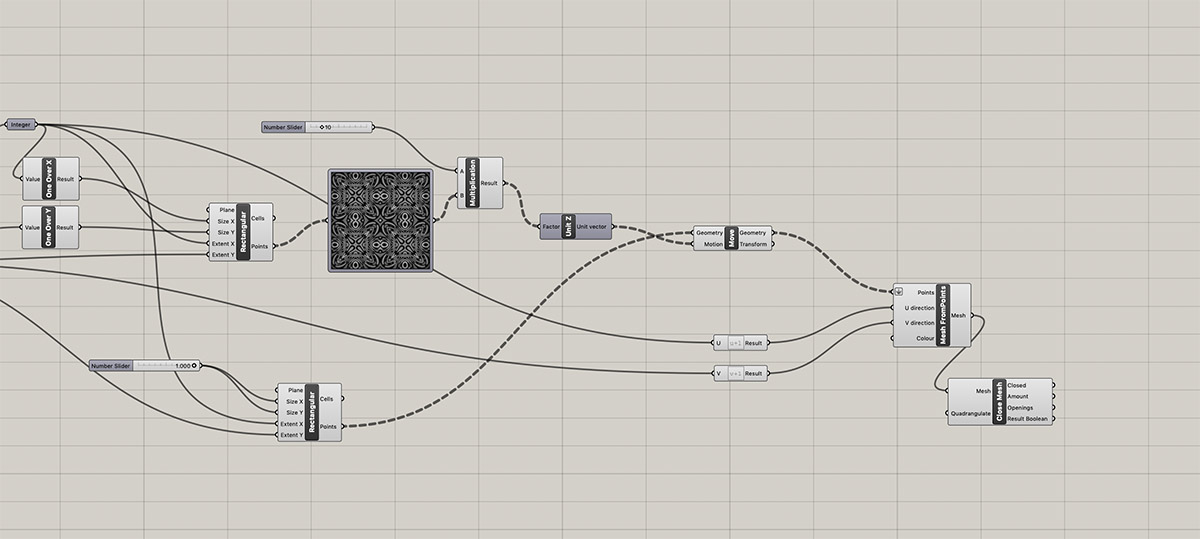
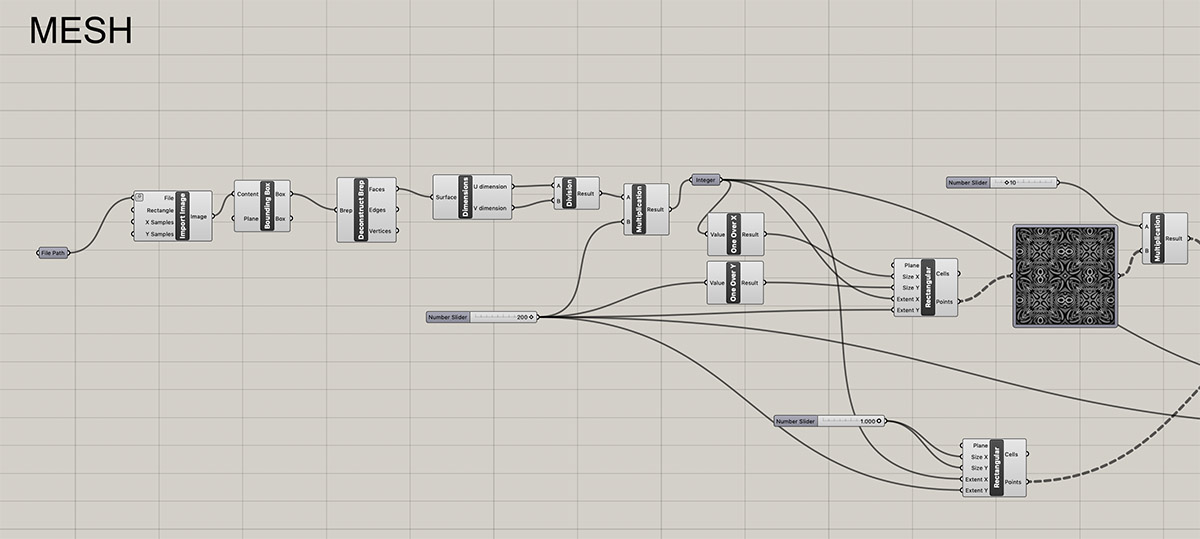

Special thanks goes to ARMAN NAJARI
who save me from a sure nervous breakdown fighting with GH
INSPIRATIONS¶
- UNITED NUDE
- GRID PINCHING | GH TUTORIAL
- PARAMETRIC SHOE
- MORPH+
- FLEXIBLE MATTER
- OUTSOLE GH
- KNITTING PATTERN GH